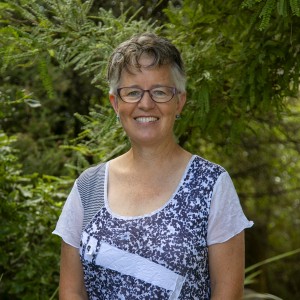What is BSLA?
This is a research based junior structured literacy programme that is made up of four main building blocks.
- Oral Narrative
- Phonological awareness (or PHOM for short)
- Link to reading and writing
- Small group reading lessons
Let’s unpack these.
Oral Narrative
Each week an oral narrative or quality picture book is chosen from the recommended list. This is read to the class several times over the week with the teacher elaborating on interesting words during the reading and supporting students' understanding of unknown vocabulary. As the days progress, we talk about characters, setting, the problem and the solution in the story.
PHOM
This part of BSLA lasts about 20 minutes and includes teaching target letters and sounds. This may include blends, suffixes and other parts of words like double consonants ‘ss’, ‘ff’ or parts of words like ‘itch’ or ‘ae.’ An important part of PHOM is that students practise blending and segmenting words. First they have counters and a pre-made board and they move the counters to the square to show how many sounds are in the word.
We use the boards to put each sound of a word on. Today we sounded out box and fox. It has three sounds. Our focus sound was x and it makes a ‘ks’ sound.
The teacher then writes different words on the board and students come up and change one part to make another word. For example, the teacher may write ‘cat’ on the board then ask students to change it to ‘cap’ or ‘cot.’ Students practise this manipulation activity and gain success in understanding how to read and write words. They also learn how words are made up of letters and sounds and the patterns they have. This will help them when they come to read and write words.
I use my fingers to show how many sounds are in the words. Using the letter blocks helps me sound out words in my reading book.
Billy P and I are learning to add different endings like ed, ing and so to make other words like jump, jumps, jumped and jumping.
Small Group Reading
Students are grouped according to the baseline data collected at the beginning of the 10 week block and retested every 10 weeks. However, students don’t have to wait until the ten weeks to move groups, as the teacher can use their own judgement to move students among the groups when they are ready.
The lesson starts with the focus letter, sound or part of the word. Using letter blocks students manipulate the blocks to practise making different words that they will find in the book they are about to read. This hands - on activity ensures students have success sounding out the target words when they read the book. We don’t want them to sound out every word in the book, just the target words.
It’s been easier to learn to read using the sounds and practising making the words before we read the book. Writing is getting easier too as I know how to sound out more words now.
I found an ‘ck’ word in my book today. It helps me to sound out the words that we made using the letter blocks.
Using the letter blocks makes it easier to sound out words and make new words.
The Phonics Plus books we use in BSLA are written for New Zealand students and include characters students can relate to. They are often repeated in several books so Tāne, Nan, Weka and his mates become well known to the students.
At the end of each 10 weeks of teaching, students are retested and changes are made to the programme as required, to support their next learning steps. If students have not made the expected progress, they will become part of a Tier 2 small group that will have four intensive half hour lessons a week to support their learning moving forward.
BSLA is being used in an increasing number of New Zealand schools. It is well resourced and teachers are scaffolded in their learning just as we scaffold our students. It has been encouraging to see students' engagement in reading develop and their confidence grow through understanding how words work in both reading and writing.













Comments
No one has commented on this post yet.